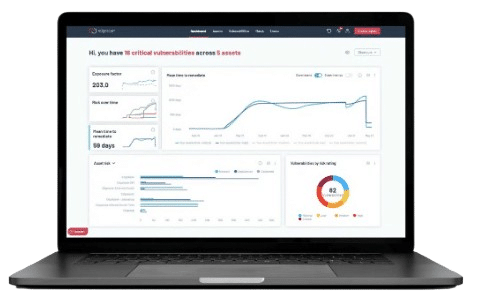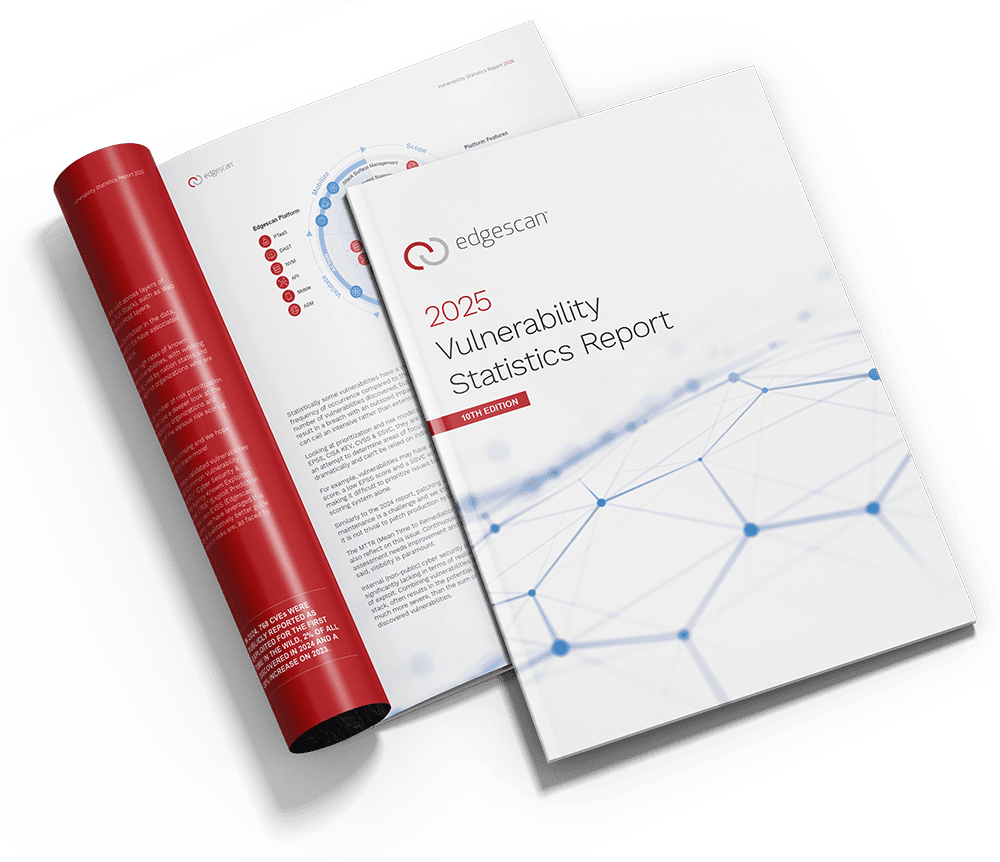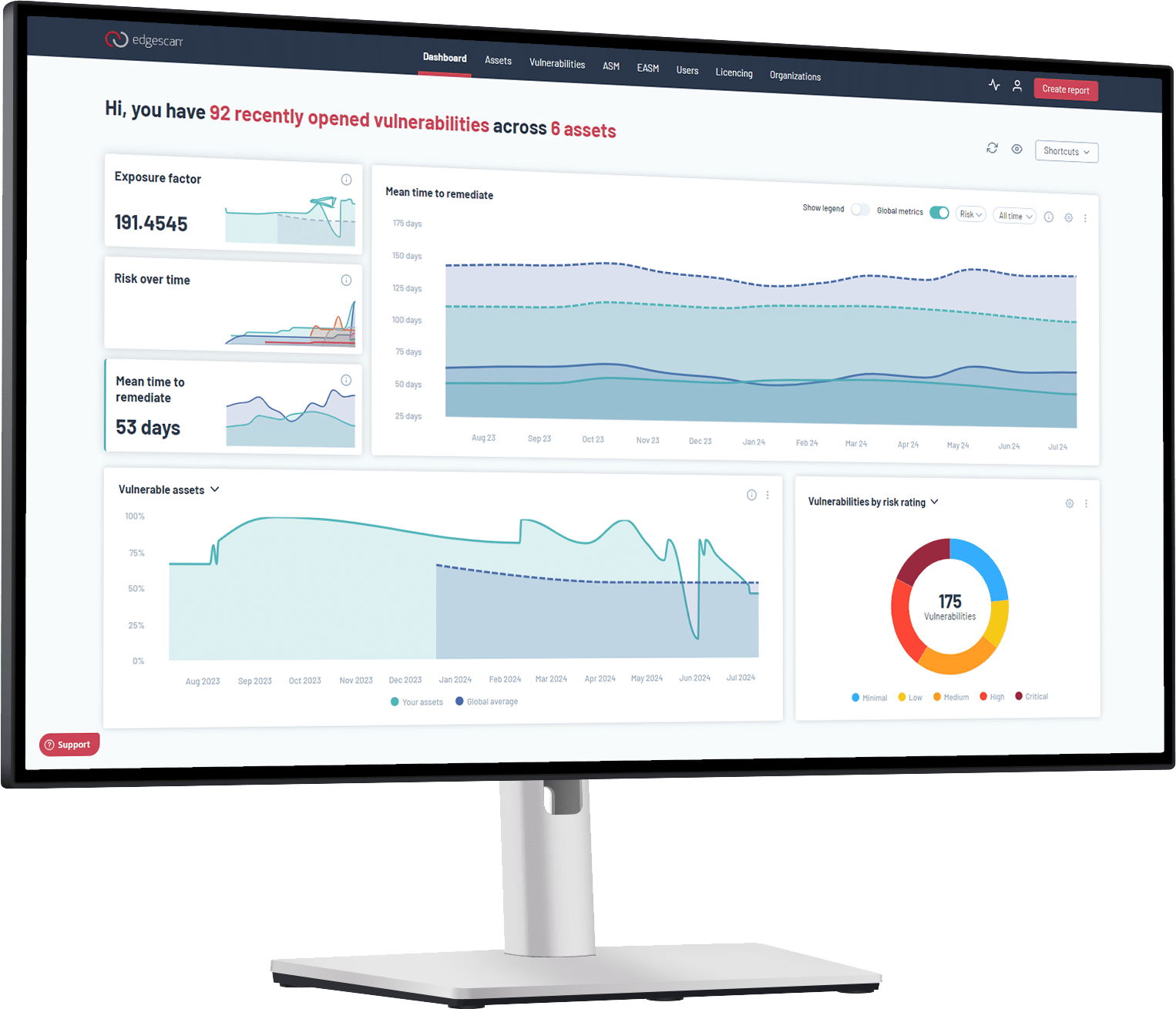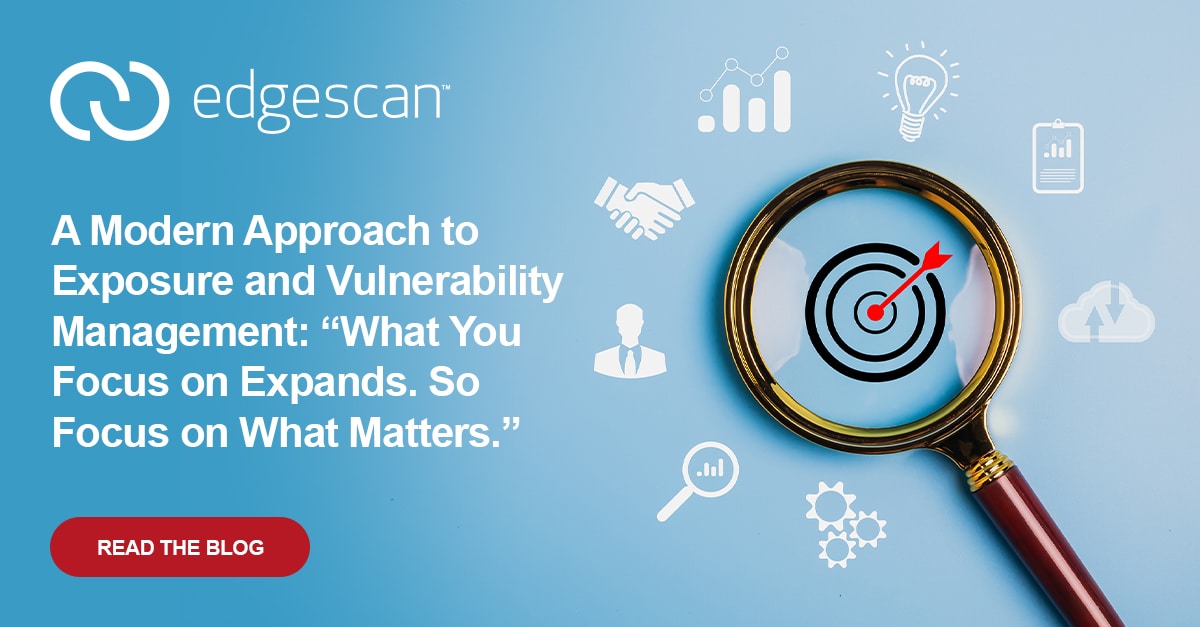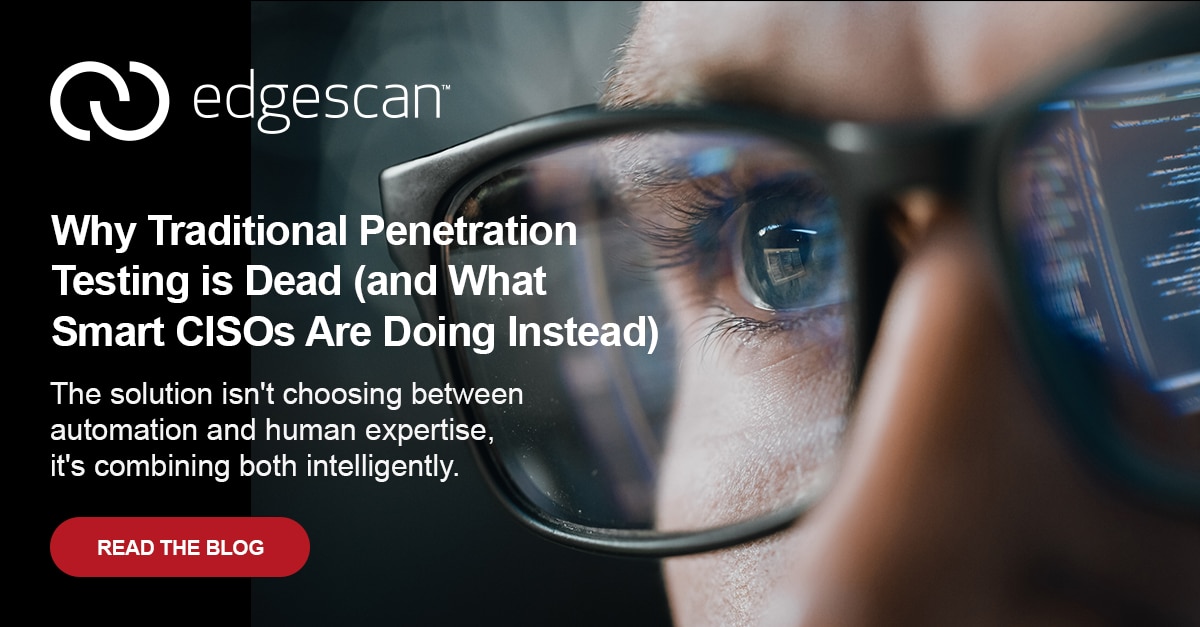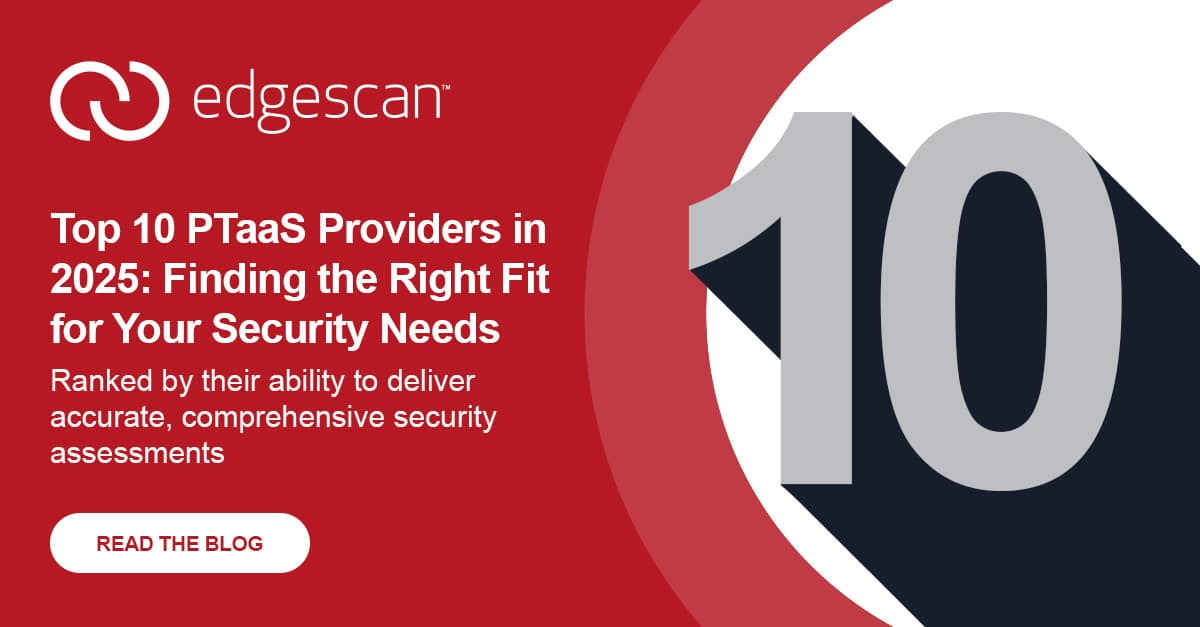We can’t fix all the problems in the world. We can’t fix every problem because resources are limited, priorities differ, and not all issues have clear or actionable solutions. The same goes for breach prevention and cyber security. Don’t believe the hype. The following describes how we need to pivot our approach to breach prevention in terms of vulnerability and exposure management. From dreaded patching to patching and moving away from older unsustainable views of the threat landscape…
1. Risk-Based Patching: Powered by Continuous Threat Intelligence
“Change is the law of life. And those who look only to the past or present are certain to miss the future.”
— John F. Kennedy
As the volume of disclosed vulnerabilities and publicly available exploit code surges, the threat landscape is evolving rapidly. Attackers are weaponizing exploits within hours of disclosure. In enterprise landscapes, this growing gap between exposure and response demands a smarter approach. The solution may have been to patch everything faster but we really can’t fix all the bugs, we need to patch intelligently. We need to be guided by real-time security intelligence and contextual risk analysis. Focus on what matters.
Edgescan enables this shift by delivering continuous vulnerability testing across the full stack—from application to cloud and infrastructure. This model combines clever technology with expert validation whilst leveraging AI mapping discovered vulnerabilities to cyber threat intelligence (CTI) to help ensure that security teams are alerted to accurate, prioritized insights tailored to real exposures.
Rather than relying on reactive patch cycles, organizations can use Edgescan to adopt risk-based vulnerability management. This means focusing remediation efforts on vulnerabilities that are:
- Remotely exploitable / SSVC
- Actively weaponized in the wild / Ransomware CTI / NIST LEV
- Linked to known adversary campaigns / Ransomware CTI
- Contextualized by business impact and attacker behaviour
With Edgescan, enterprises gain the visibility and intelligence needed to prioritize what matters most, reduce noise, and accelerate time-to-remediation—keeping pace with today’s dynamic threat landscape.
2. Focusing on Exploitable Vulnerabilities with Edgescan’s Intelligence-Led Prioritization
“The key is not to prioritize what’s on your schedule, but to schedule your priorities.”
— Stephen R. Covey
Trying to patch every vulnerability is no longer feasible; “Not all vulnerabilities are created equal.”
Edgescan delivers validated vulnerability intelligence, so no false positives. But the challenge does not end there. What to focus on and what’s important is paramount to breach prevention.
Edgescan supports this evolution by embedding EPSS (Exploit Prediction Scoring System), SSVC, NIST LEV, and CISA KEV (Known Exploited Vulnerabilities) metadata directly into its platform mapped against all validated vulnerabilities. This empowers security teams to:
- Identify vulnerabilities most likely to be exploited, based on predictive scoring and real-world attack data.
- Filter out noise by deprioritizing vulnerabilities that are either mitigated by existing controls or irrelevant to the organization’s tech stack.
- Focus remediation efforts on threats that pose actual risk to infrastructure and operations, not just those with high CVSS scores.
This intelligence-led approach ensures that limited resources are directed toward actionable, high-risk vulnerabilities, reducing exposure and improving operational resilience.
3. CVE Spaghetti and Why Relying on CVEs Alone Is No Longer Enough—Edgescan Bridges the Gap
“Progress is impossible without change, and those who cannot change their minds cannot change anything.”
— George Bernard Shaw
Traditionally, and still a compliance requirement is to focus on public vulnerability sources like the Common Vulnerabilities and Exposures (CVE) and the National Vulnerability Database (NVD). It has been suggested that CVE alone is a blunt instrument. Better solutions such as NIST LEV, SSVC have evolved but it is yet to be seen how effective they are.
Edgescan addresses this challenge head-on by integrating real-time exploitability intelligence into its platform. Through enriched metadata from:
- EPSS (Exploit Prediction Scoring System) – to assess the likelihood of exploitation,
- NIST LEV – The NIST Likely Exploited Vulnerabilities (LEV) framework provides a structured approach to assess whether a vulnerability is likely to be exploited in the wild.
- CISA KEV (Known Exploited Vulnerabilities) – to highlight threats actively used in real-world attacks,
- Ransomware Vulnerability Assessment – Based on discovered and validated vulnerabilities, identify assets that are particularly vulnerable to ransomware attacks.
- Stakeholder-Specific Vulnerability Categorization (SSVC) – A framework developed to help organizations prioritize vulnerability remediation based on decision trees that consider multiple factors beyond just severity scores, such as CVE.
Edgescan enables defenders to see beyond CVSS scores by focusing instead on what’s exploitable, relevant, and urgent.
While public sources like CVE and NVD remain foundational, Edgescan enhances their utility by layering contextual threat intelligence and business risk insights, helping organizations build actionable, prioritized remediation strategies.
Mature vulnerability management processes map CVE data cyber threat intelligence. Edgescan makes this possible—turning static vulnerability data into dynamic, risk-aware decision-making.

